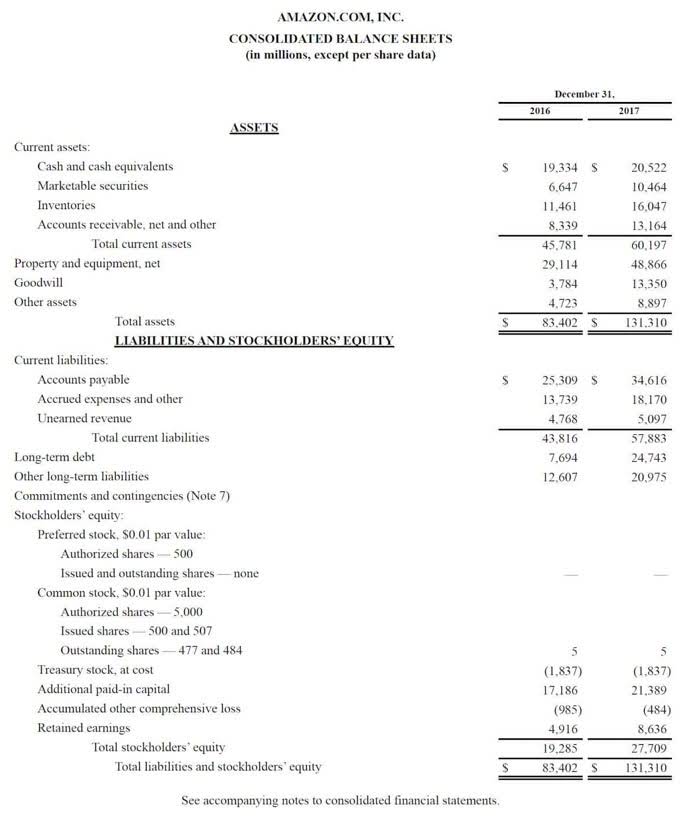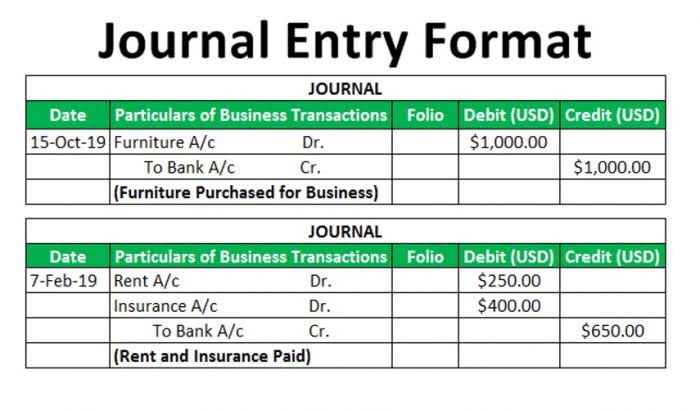Understanding Outstanding Checks: What They Are, How They Work, and Their Risks and Implications

There is a discrepancy between what your checkbook or accounting system says you have in your account and what the bank reports on your monthly statement. One of the main differences are the outstanding checks that have been recorded in the accounting system but haven’t been recorded by the bank. For payees, uncashed checks can cause financial difficulties, especially if the check represents wages or reimbursements. Payees may face outstanding checks have fees if they attempt to deposit a stale-dated check that the bank rejects.
Prepare Escheatment Reports
- Unaccounted-for outstanding checks can disrupt the delicate balance of incoming and outgoing funds.
- The wholesale mobile dealer promptly presents the outstanding check to their bank and encashes it for credit to their account.
- However, until the recipient cashes the check, the bank statement will not reflect this transaction.
- This can cause discrepancies between the bank statement and the company’s books, requiring adjustments during the bank reconciliation process.
- You may have heard the term “outstanding check” and wondered what is an outstanding check.
- One of the main differences are the outstanding checks that have been recorded in the accounting system but haven’t been recorded by the bank.
Regular monitoring, diligent record-keeping, and effective communication with payees and banks are key to minimizing outstanding checks and ensuring financial stability. Overall, understanding the concept of outstanding checks is crucial for accurate financial reporting and cash management. By keeping a close eye on outstanding checks and reconciling them regularly, companies can ensure the integrity of their financial records and effectively track their cash flow. Welcome to the world of accounting, where numbers rule and financial transactions must be meticulously tracked and recorded.
Importance of Tracking Outstanding Checks
In such cases, issuing a stop payment on the original check and reissuing a new one may be necessary. This not only ensures that the payee receives their funds but also helps maintain accurate financial records. When it comes to managing business accounts, keeping track of checks that are outstanding is crucial. An outstanding check refers to a written check payment that has not been deposited or cashed by the payee. This means the liability for the funds remains with the issuer, putting their financial reporting and compliance at risk. Additionally, the issuer must regularly contact the payee to inquire about the status of the check.

Escheatment for Utility Companies: A Practical Compliance Guide
- This can lead to complications when reconciling accounts and maintaining accurate financial records.
- In cases of checks, this is somewhat difficult because if the check is unclaimed, it is most likely due to already-existing difficulties in contacting the individual at their address on file.
- These checks represent funds subtracted on paper but not physically withdrawn.
- The payor, or person with the checking account, writes a check to the person they want to pay in the payment amount.
- You can also commit to growing your financial literacy by learning about more topics around bank accounts and payment.
- Shaun Conrad is a Certified Public Accountant and CPA exam expert with a passion for teaching.
Learn through real-world case studies and gain insights into the role of FP&A in mergers, acquisitions, and investment strategies. Upon completion, earn a prestigious certificate to bolster your resume and career prospects. It may simply be that checks are not a good payment method for the payee. Inquire about other options, such as digital payments, that can take place quickly and reduce the chances of a payment being lost or expiring. One part of check writing that can take some practice is the handling of an outstanding check. Request a demo today and take the first step towards effortless compliance.
Sign up for Escheatment Alerts, a monthly newsletter to keep up with all things offboarding.

Our Escheatment Hub automates key aspects of managing outstanding checks, ensuring effortless and reliable compliance. Here are some of the features that make Eisen an invaluable partner in your compliance efforts. Checks that are outstanding for a long period of time are known as stale checks. In the U.S., outstanding checks are considered to be unclaimed property and the amounts must be turned over to the company’s respective state after several years.
Example of an Outstanding Check in the Bank Reconciliation

Understanding their implications is crucial for businesses and individuals to maintain accurate financial records. Identifying outstanding checks requires maintaining a comprehensive check register, regularly comparing it with bank statements, and communicating with payees to inquire about the status of checks. Reconciling outstanding checks involves verifying deposits, investigating discrepancies, and updating the check register accordingly. Regular reconciliation ensures accuracy in financial reporting and helps prevent potential cash flow issues.
Why are Outstanding Checks Important in Bank Reconciliation?
- Regular monitoring, diligent record-keeping, and effective communication with payees and banks are key to minimizing outstanding checks and ensuring financial stability.
- It’s important to keep track of the amount of checks outstanding because they could be cashed at anytime.
- In U.S. accounting textbooks, every check that has not been cleared is termed an outstanding check.
- Since the bank balance does not yet reflect the check amount, it can present a misleading picture of your actual financial situation.
- You can also consider digital money transfers to avoid the issue of paper checks entirely.
- To address these challenges, businesses often implement internal controls, such as regular monitoring of outstanding checks and following up with payees for timely clearance.
Implementing these strategies can greatly reduce the risk to cash flow stability posed by outstanding checks, keeping financial management on track and reliable. For businesses and individuals alike, outstanding checks can introduce uncertainty into cash flow management. These checks represent funds subtracted on paper but not physically withdrawn. Learn about outstanding checks in accounting and how they impact your finances. Gain insight into managing and reconciling your financial transactions effectively. This example underscores the importance of regularly reconciling bank statements to catch these checks and maintain precise financial records for effective business management.

A Walkthrough of the Escheatment Process for Outstanding Checks

In financial reporting, outstanding checks complicate the preparation of accurate statements. For instance, the balance sheet may not reflect the true cash position if these checks are not properly contra asset account accounted for. This can cause discrepancies between the bank statement and the company’s books, requiring adjustments during the bank reconciliation process. Accurate reconciliation ensures financial statements comply with standards like Generally Accepted Accounting Principles (GAAP) or International Financial Reporting Standards (IFRS).
Additionally, these tools can generate reports that provide insights into the age and volume of outstanding checks, which can be indicative of broader financial management issues. Unclaimed property obligations add another layer of complexity to managing outstanding checks. State-specific escheatment laws require businesses to report https://cracknew.info/oregon-state-income-tax-rates-and-filing-rules/ and remit unclaimed financial assets, such as uncashed checks, after a set dormancy period. While the Uniform Unclaimed Property Act provides a general framework, the specifics, such as dormancy periods, vary by state. Businesses must maintain an updated compliance calendar to avoid fines or penalties.
Adresa
Hotel Korsal
Šetalište Frana Kršinića 80
20260 Korčula, Hrvatska-

-

Kontakt
Telefon: +385 20 715 722
E-mail: info@hotel-korsal.com

